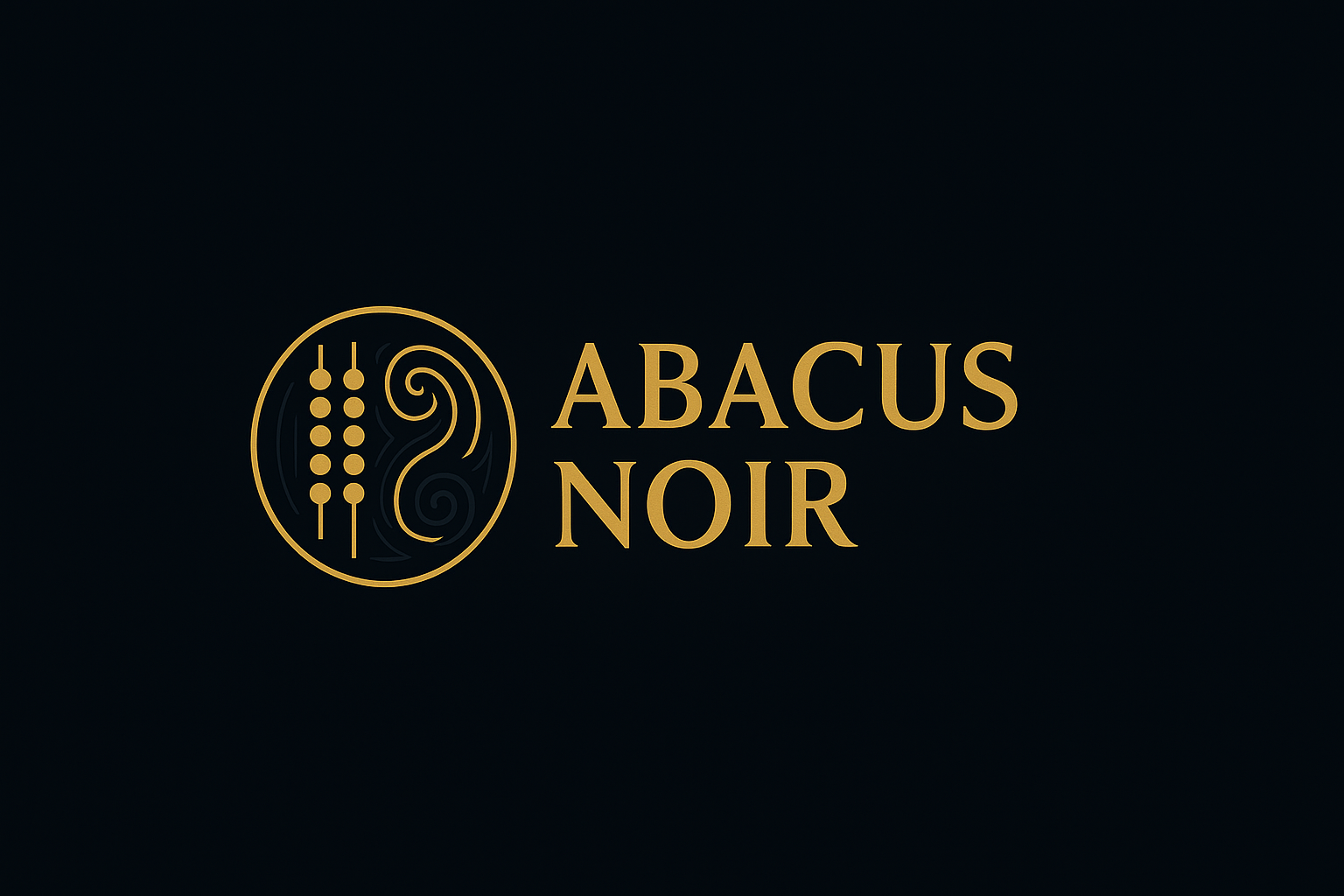Sharing some highlights from this excellent essay.
All of these pack a punch, IMO.
tl;dr:
In a saturated digital arena and offline marketplace, the aim of all content and media is the Pursuit of what is Interesting. The natural state of humanity in civilization involves an absence of danger. This produces boredom, which our ancient brains seek to relieve with entertainment. The upshot is a digital arena in which attention is the common currency. In the competition for eyeballs, content must therefore be sufficiently interesting to seize and hold the attention of as many people as possible. Content—be it truth or lies, fiction or fact—has to intrigue the viewer and satisfy their curiosity, providing value to all involved.
The rest:
Posters are exhibitionists—they know they are being watched and derive pleasure from the likes and followers and messages of appreciation they receive from voyeurs (and even, occasionally, from the messages of hatred and contempt)
Like Pavlov’s dog, the exhibitionist is trained to associate the Interesting with attention. This may become compulsive, as it smudges the line between the human desire for social approval and the desire to entertain. The excitement of the Interesting and its rewards—not to mention the hole left by their absence—make exhibitionists aware of the need to surprise, shock, or impress the voyeurs. This kind of behaviour may be met with authentic spite (for example, the makeup-free selfies posted by beauty influencers), but it generates attention and engagement nonetheless.
there are users who spend more time using the platform in order to be seen and judged (influencers), while others use it primarily to see and judge.
Once they are satisfied with a piece of content, they immediately move on in search of more. Once the novelty of the representation fades, it is no longer within the Interesting and so becomes bland and mundane. Boredom returns, and so viewers resume the search for fresh content that will allow them to replicate the pleasurable judgment they just experienced. They are cold without its embrace and want its warmth. Thus, they scroll.
A "like" is a means of conveying personal approval and confirmation of a poster's ability to be Interesting. The viewer has been sufficiently stimulated by the poster that they make themselves known to them, just as the poster has made themselves known to the viewer with their content
By publicly registering approval, the viewer indicates to the poster and other viewers that they have enjoyed a glimpse of the poster’s representation of their experience. Likes are direct market feedback on the product that is Instagram content, and they are also a display of the viewer’s own digital identity. Viewers do not click the like button to validate the poster; they do it because they enjoy the poster’s representation or idea of themselves. They see the poster as an object, an archetype, a two-dimensional caricature, which posters themselves also cultivate because within it they become Interesting
The like precedes the follow because a piece of content is an extension of the poster's digital identity, the approval of which naturally arouses curiosity about the whole of that identity. A follow is a show of appreciation but also a sign of urgency--the viewer does not want to miss out on the Interesting provided by the poster's future content.
The viewer's positive and negative judgement shapes the development of both their digital identity--they like what enables them to escape themselves momentarily, and their follow is a form of self-direction that shows who they want to escape into.
… comments tend to be so strongly opinionated--only those who react strongly to content will feel the inclination to publish a comment on it. And controversial content elicits the largest number of strong reactions from viewers, which is why it is rewarded with so much attention. Because comments allow many kinds of reactions, they intensify the perceived reaction to a piece of content much more than likes)
Once a certain kind of identity has been communicated to a poster’s audience, it imprisons the poster in that identity. If they try to change it, they may face retribution due to the easy accessibility of their previous online self
Those most deliberate and brazen about this are influencers. Part of their vocation is showcasing enough “life content” to elicit envious anxiety in their followers—a kind of pain that has the option of resolution via purchase. But every person who posts on Instagram is an aspiring influencer in some form or another—the only difference is the scale and effectiveness. The larger the influencer, the more effective they are at generating envy in viewers at scale.
If advertising teaches consumers what to desire, Instagram explains how to desire by displaying desire-driven behaviour.
Instagram viewers want to avoid the nervous boredom that arises from inactivity, so they seek stimulation, not just from entertainment but from education as well. They want truth and representation in a single satisfying experience.
The platform itself will last as long as it takes for new technology to fulfil the needs and desires Instagram presently satisfies. Perhaps a kind of AI-generated virtual reality will emerge that subsumes the user in a world where any whim can be satisfied at a moment's notice.
P.S. If you haven't discovered Quillette already, it is a great recent magazine. Recommend highly.
